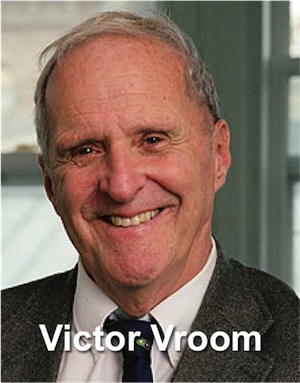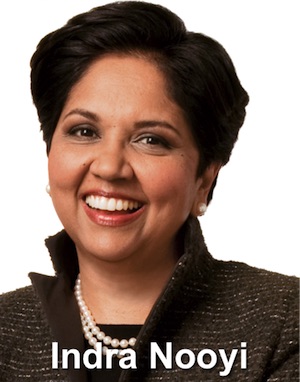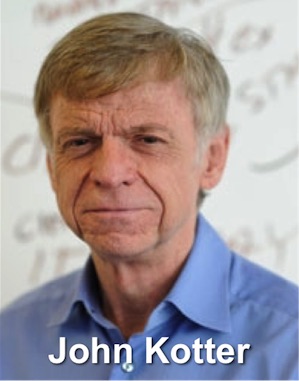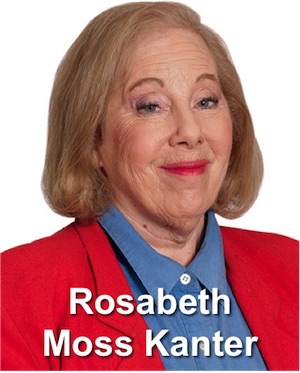Why do people make the choices they do at work, and how can managers and leaders make effective decisions? These are two essential questions for managers to understand. They were both tackled with characteristic clear-thinking and rigour by one man.
Short Biography
Victor Vroom was born in 1932 and grew up in the suburbs of Montreal. Initially, he was a bright child with little academic interest – unlike his two older brothers. Instead, his passion was big-band jazz music and, as a teenager, he dedicated up to 10 hours a day to practising Alto Sax and Clarinet.
Leaving school, but finding the move to the US as a professional musician was tricky, Vroom enrolled in college and learned, through psychometric testing, that the two areas of interest that would best suit him were music (no surprise) and psychology. Unfortunately, whilst he now enjoyed learning, his college did not teach psychology.
At the end of the year, he was able to transfer, with a full year’s credit, to McGill University, where he earned a BSc in 1953 and a Masters in Psychological Science (MPs Sc) in 1955. He then went to the US to study for his PhD at the University of Michigan. It was awarded to him in 1958.
His first research post was at the University of Michigan, from where he moved to the University of Pennsylvania in 1960 and then, in 1963, to Carnegie Mellon University. He remained there until receiving a second offer from Yale University – this time to act as Chairman of the Department of Administrative Sciences, and to set up a graduate school of organisation and management.
He has remained there for the rest of his career, as John G Searle Professor and, currently, as BearingPoint Professor Emeritus of Management & Professor of Psychology.
Vroom’s first book was Work and Motivation (1964) which introduced the first of his major contributions; his ‘Expectancy Theory’ of motivation. He also collaborated with Edward Deci to produce a review of workplace motivation, Management and Motivation, in 1970. They produced a revised edition in 1992.
His second major contribution was the ‘Vroom-Yetton model of leadership decision making’. Vroom and Philip Yetton published Leadership and Decision-Making in 1973. He later revised the model with Arthur Jago, and together, they published The New Leadership: Managing Participation in Organizations in 1988.
It is also worth mentioning that Vroom had a bruising experience while pursued through the courts by an organisation he had earlier collaborated with. They won their case for copyright infringement so I shall say no more. The judgement is available online. Vroom’s account of this, at the end of a long autobiographical essay, is an interesting read. It was written as part of his presidency of the Society for Industrial and Organizational Psychology in 1980-81.
Vroom’s Expectancy Theory of Motivation
Pocketblog has covered Vroom’s expectancy theory in an earlier blog, and it is also described in detail in The Management Models Pocketbook. It is an excellent model that deserves to be far better known than it is. Possibly the reason is because Vroom chose to express his theory as an equation: bad move! Most people are scared of equations. That’s why we at Management Pocketbooks prefer to use the metaphor of a chain. Motivation breaks down if any of the links is compromised. Take a look at our short and easy to follow article.
The Vroom-Yetton-Jago Model of Leadership Decision-making
This one is a bit of a handful. Vroom has expressed some surprise that it became a well-adopted tool and, more recently, noted that societies and therefore management styles have changed, rendering it less relevant now than it was in its time. That said, it is instructive to understand the basics.
Decision-making is a leadership role, and (what I shall call) the V-Y-J model is a situational leadership model for what style of decision-making a leader should select.
It sets out the different degrees to which a manager or leader can involve their team in decision-making, and also the situational characteristics that would lead to a choice of each style.
Five levels of Group Involvement in Decision-making
Level 1: Authoritative A1
The leader makes their decision alone.
Level 2: Authoritative A2
The leader invites information and then makes their decision alone.
Level 3: Consultative C1
The leader invites group members to offer opinions and suggestions, and then makes their decision alone.
Level 4: Consultative C2
The leader brings the group together to hear their discussion and suggestions, and then makes their decision alone.
Level 5: Group Consensus
The leader brings the group together to discuss the issue, and then facilitates a group decision.
Choosing a Decision-Making Approach
The V-Y-J model sets out a number of considerations and research indicates that, when a decision approach is chosen that follows these considerations, leaders self-report greater levels of success than when the model is not followed. The considerations are:
- How important is the quality of the decision?
- How much information and expertise does the leader have?
- How well structured is the problem or question?
- How important is group-member acceptance of the decision?
- How likely is group-member acceptance of the decision?
- How much do group members share the organisation’s goals (against pursuing their own agendas)?
- How likely is the group to be able to reach a consensus?
A Personal Reflection
I have found both of Vroom’s principal models enormously helpful, both as a project leader and as a management trainer. I find it somewhat sad that, in Vroom’s own words, ‘the wrenching changes at Yale and the … lawsuit have taken their emotional and intellectual toll.’ Two major events created a huge mental and emotional distraction for Vroom in the late 1980s. At a time when he should still have been at the peak of his intellectual powers, he was diverted from his research. I think this is sad and wonder what insights we may have lost as a result.
Pocketbooks you might Like
The Motivation Pocketbook – has a short introduction to Vroom’s Expectancy Theory, which it refers to as ‘Valence Theory. It also has a wealth of other ideas about motivation.
The Management Models Pocketbook – has a thorough discussion of Expectancy Theory, and also Motivational Needs Theory, alongside eight other management models.











